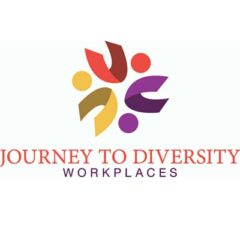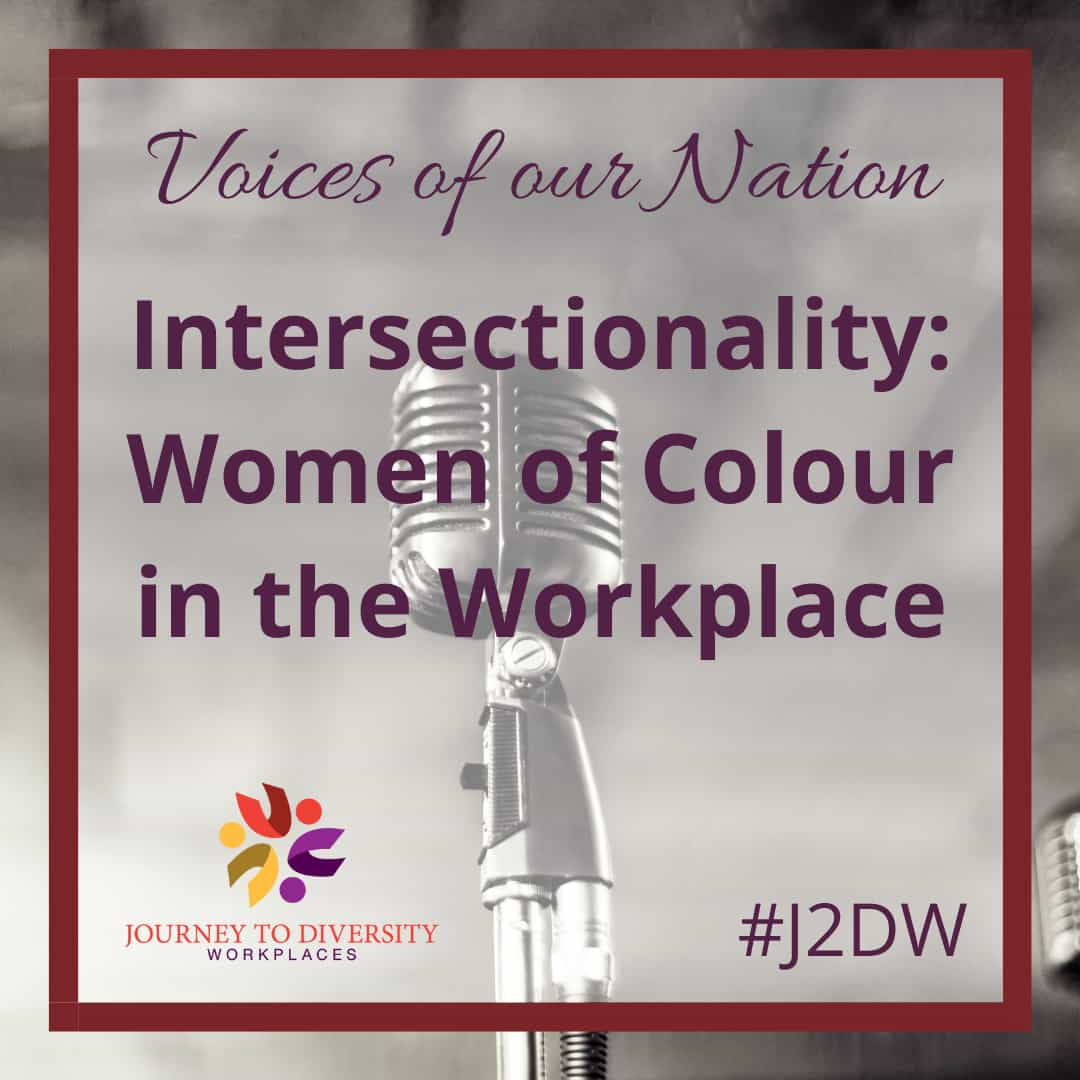You run the big pitch over in your head for the 100th time, slowly evening your breath and attempting to channel your inner Michelle Obama. Nobody questions her place when she enters a room, and nobody will question yours either…if only you prove yourself tonight, you think to yourself. A voice intensifies, Why do you always have to prove yourself worthy when you’ve already earned your seat in the room? You quickly dismiss it. Swinging open the conference room door with clammy hands, you hear Brad make a comment about the ‘jarring contrast’ between the bright orange of your lips with the dark, rich tone of your skin. You sense his eyes tracking your hips as you walk to the front. Gone is the image of Michelle Obama as you now welcome sweat in all the wrong places and your heart quickens its beat.
Gender diversity in the workplace has been a spirited topic in several online spaces and work environments, yet, intersectionality is rarely mentioned. Intersectionality refers to the intersection of an individual’s multiple social identities– like race and gender– their impact on that individual’s societal experiences and relationships, and the inequalities they present for that individual’s location on the social ladder (Examining the intersections of anti-Asian racism and gender-based violence in Canada).
Women of colour (WOC) face prejudice directed at both, race and gender, making their experiences fundamentally different from white women and men of colour, despite their overlapping social identities. In a workplace setting, most WOC describe that discriminatory acts stem from an implicit bias, branching into microaggressions, which, over time, become blatantly racist and sexist behaviours. At its core, it’s very simple – an intolerance of those unlike you.
Implicit bias, a perception of someone informed by stereotypes, prejudice, and assumptions, rather than factual information, is the root of most microaggressions (Implicit bias explained 2017). When you unconsciously assign stereotypes to an individual in your mind, you’re affected by your implicit bias, which can be unlearned. Acting on these thoughts, however unintentionally, leads to a microaggression, which cannot be undone.
How are microaggressions different from racism? Unfortunately, these subtle behaviours are usually prompted without a second thought, whereas, racist acts are intentional. In workplace settings, instances like East Asian women getting commended for their fluency in English, Black women being bombarded by unwelcome inquiries about their hair, or South Asian women receiving insensitive questions about ‘exotic cultural practices’, are a form of microaggression. Colleagues may come to WOC without any ill intention, but these behaviours only further ostracize WOC, promote stereotypes, and pair them with their racial and gender identity, rather than their work ethic.
When people feel unwelcome and unsafe to be themselves in an environment, it damages their work performance, creativity, relationships, participation, and mental health. This, tied in with the racism and sexism against WOC by male authorities, forces WOC to remain stuck in a preliminary, lower-paying level, instead of reaching their full potential in leadership roles. They are also paid less than white men and women. Where women earn 19% less than your average Joe, and Black women will earn 39% less (Barratt, 2021). It seems that WOC are being forced to step away from success because of intentional, unjust structural biases and power play.
The string that ties together these injustices is that of the power dynamics in workplaces. White women have never been in these situations, but they too are active players of the other, more powerful side, known as the oppressor. Despite being women, the colour of their skin automatically gives them a step up in the social hierarchy. When statistics about women in work settings are quoted, it’s white women that are being referred to. When gender diversity is advertised by companies, it’s white women that are being hired and promoted. When a strong woman in power is envisioned, it’s a white woman in a classy outfit with heels and a bold lip that you expect.
If you have never thought about these things, you probably weren’t negatively affected. The one being oppressed is compelled to study and analyze the oppressor in order to protect themselves and push through the hurdles. The oppressor doesn’t give it a second thought unless they’re the ones under the sword. Company CEOs, people in authority, and colleagues, are strongly encouraged to be aware of their privilege and be the support WOC long for in the workplace.
Sources
Barratt, B. (2021, December 10). The microaggressions towards black women you might be complicit in at work. Forbes. https://www.forbes.com/sites/biancabarratt/2020/06/19/the-microaggressions-towards-black-women-you-might-be-complicit-in-at-work/?sh=7b1d21672bda
Examining the intersections of Anti-Asian racism and gender-based violence in Canada. VAW Learning Network. (n.d.). https://www.vawlearningnetwork.ca/our-work/backgrounders/examining_the_intersections_of_antiasian_racism_and_genderbased_violence_in_canada_/index.html
Implicit bias explained. Perception Institute. (2017, May 17). https://perception.org/research/implicit-bias/#:~:text=We%20have%20a%20bias%20when,them%20without%20our%20conscious%20knowledge
This article was written by summer student Ilesha Prabhudesai and edited by summer student Bayden Summers. This article was funded by the Government of Canada.

